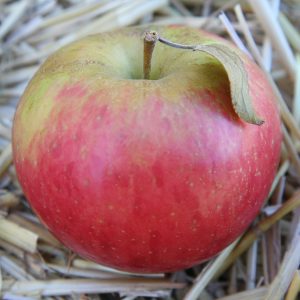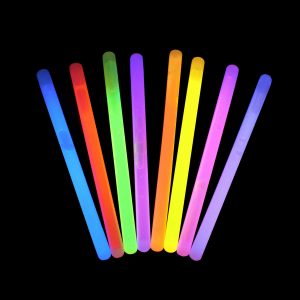Do you have a phone that has wireless charging capabilities? It can seem almost magical at times. It can also be pretty convenient, although charging with a wire can also have its advantages.
But how does it work? In the charging pad, there is a coil of wire that has a current running through it. [1] According to Ørsted’s law, an electric current will induce a magnetic field around it. This is used in solenoids, for example, a helix of wire that creates a relatively uniform magnetic field inside.

A cross section of a solenoid showing the electric current going out of the page on the top, around, and back into the page on the bottom. This creates a magnetic field going right. The direction of the magnetic field changes when the direction of the current changes. Credits: Wikimedia



